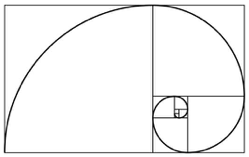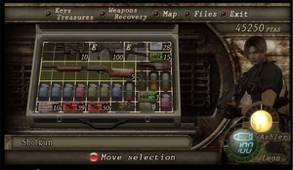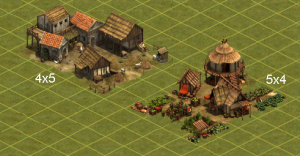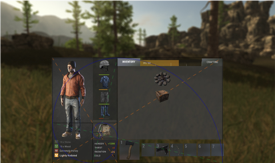The most important thing I learned from this module is how to use a limited amount of word to represent my personal responses, and weekly question pairs do improve my writing skills and truly developed my thinking process, and now I start getting confident to do my own research and responses.
However, all 6 topics helped me a lot on game making process, because they contain such a wide range content to do researches on. For example in week 5 ‘Human-Computer Interaction’ topic, I had a research on Tobii’s Eye tracking system (from Tobii Eyetracking, Assassin’s creed Origins page, Enemy Tagging) and it inspired me by the way of using the program to achieve the anticipation on player’s interests, (when a player is looking at something, the system will assume their intentions, and the data will be sent to the game designer to help them anticipate the player’s behavior)and this concept makes me want to learn more about how game designers collect pieces of information from the players. Also in week 4 ‘The history of Indie’, I understand how indie games were progressed, and the future of this area, which gives me a rough idea about how can I involve into the game industry and the problems that I should avoid during game development (This will be a tough circumstance for them, because of low recognition and user credibility).
Because of these wide range topics, I start getting clearer about the history and details of the game industry, and I am not as diffident as the beginning of the semester 1.
However, I think the main issue of my blogs are language problems which I need to improve on. Although I have a clear clue in the back of my mind, I still struggled a lot during writing them down; another thing about the language is that it takes longer time for me to read references in other languages.
Apart from Languages, there is also a problem with my blog, which is I always choose easy questions, and to answer invaluable responses. For example, in ‘Does the interactive narrative still have a role to play in video games today? Give exemplary examples?’ I used almost half of the answer to describe Witcher 3’s mechanic, and in my opinion, this is making up the word amount without valuable responses, which I have to amend. Link back to the game making process, I have to use the least amount of word to bring out the most valuable information of my game, and blogging is a good way to practice that.
Overview my blogs, I think the only advantage of my blog is well organized, and I tried my best to do them, even though it is not as good as what I expected, but this is just a kick off, what I will do is identify problems and rectify them and hopefully after improving on my work, I can communicate more thoroughly, and make a right direction for myself.
References:
The history of indie: http://blog.soton.ac.uk/rcs/2017/11/22/week-4-the-history-of-indie-2/
Human-Computer Interaction: http://blog.soton.ac.uk/rcs/2017/11/22/week-5-human-computer-interaction/
Interactive Narrative: http://blog.soton.ac.uk/rcs/2017/11/22/week-3-skill-sta…active-narrative/
Tobii’s Eye tracking technology: https://tobiigaming.com/games/assassins-creed-origins/






